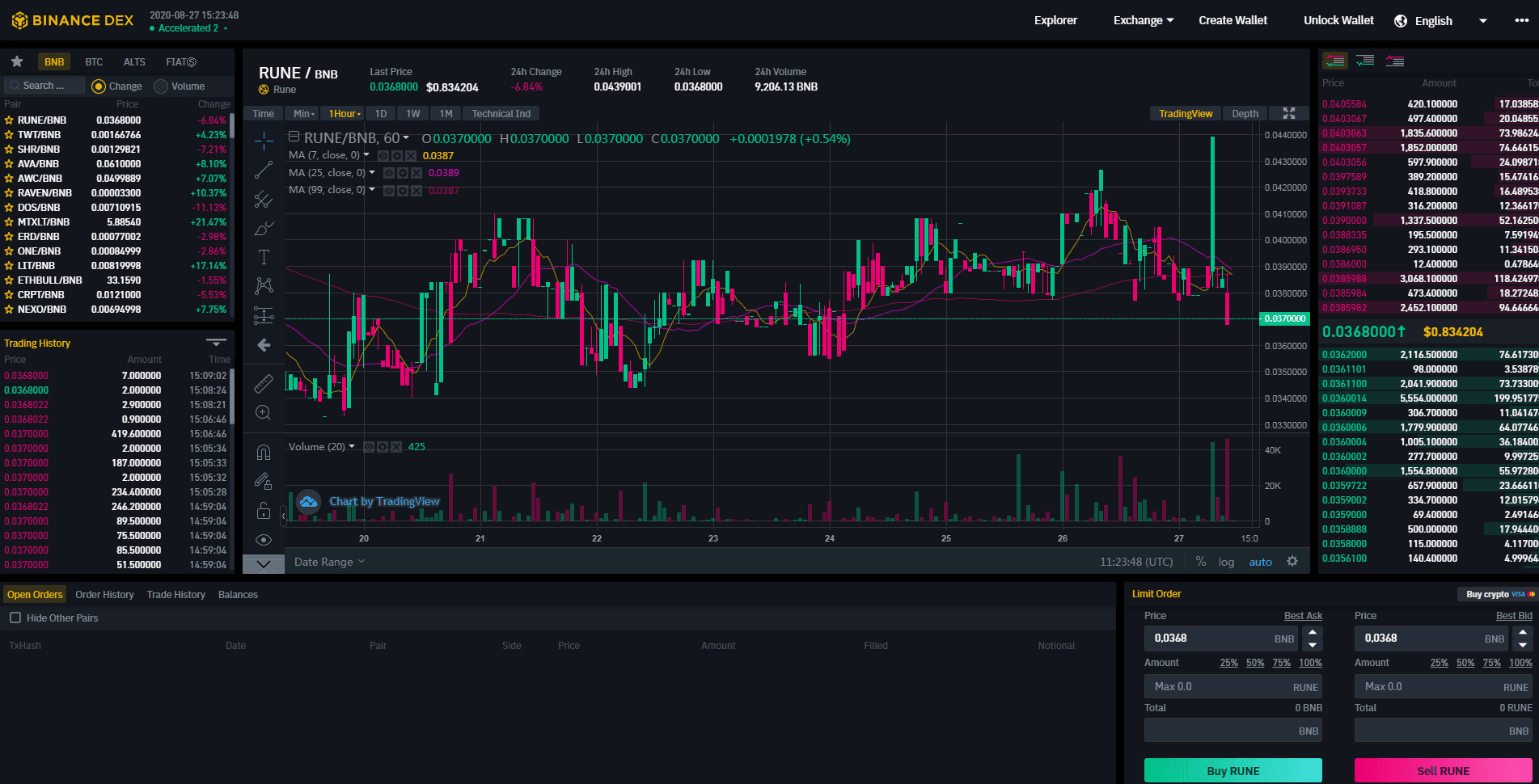Technical analysis is an investment approach that analyzes market data, such as price and volume charts, to identify trends and make investment decisions. Technical analysis aims to identify patterns and trends that can be used to predict future price movements. Fundamental analysis involves examining a company’s financial statements and economic indicators to determine its underlying value and potential for growth. Using fundamental analysis can provide a great set of tools for market insight, but each indicator should not be looked at in solitary. Fundamental analysis factors cannot provide buy or sell signals by themselves.
However, it is worth noting that companies with low gearing ratios may not take the same growth opportunities as highly geared firms do. Gilt prices fluctuate mostly due to interest rates changes, the country’s credit rating and economic policy updates. Unlike stocks, you can measure gilts with interest rates as a primary indicator. Spread bets https://xcritical.com/blog/fundamental-and-technical-analysis-what-the-difference/ and CFDs are complex instruments and come with a high risk of losing money rapidly due to leverage. 71% of retail investor accounts lose money when spread betting and/or trading CFDs with this provider. You should consider whether you understand how spread bets and CFDs work and whether you can afford to take the high risk of losing your money.
Choosing Between Fundamental and Technical Analysis
Used to understand a company’s future prospect and likelihood to give returns with respect to investments, particularly for equities. When you are looking to invest in the longer run, you do fundamental analysis. However, for those who are into trading, be it intraday or within a couple of days, you are looking at more technical aspects.

When it comes to investing in the share market, one can never be too careful. The Indian share market is quite sensitive and volatile, making it lucrative if you time it right! No one in any corner of the world can say they figured out the stock market. If the chart shows a buy signal, it’s critical to verify the trend by using other indicators.
Understanding Risks and Profitability
Stock analysts attempt to determine the future activity of an instrument, sector, or market. Fundamental analysis and technical analysis is the usage of mathematics. Technical analysis https://xcritical.com/ is more so loaded with formulae and calculations. While fundamental analysis has its merits, it also presents certain limitations and disadvantages that investors should be aware of.
Estimating The Fair Value Of Wilmar International Limited (SGX:F34) – Simply Wall St
Estimating The Fair Value Of Wilmar International Limited (SGX:F .
Posted: Tue, 11 Jul 2023 01:50:38 GMT [source]
When an investor has determined a stock may be under- or over-valued when measured by its fundamentals, this could be an indication to buy or sell. Fundamental analysis incorporates qualitative factors that can influence an asset’s value. This includes assessing a company’s brand reputation, intellectual property, research and development capabilities, customer loyalty, and market perception. These qualitative factors can provide a competitive advantage and contribute to a company’s long-term growth potential. By conducting thorough fundamental analysis, investors aim to identify assets that are mispriced by the market. If an asset is undervalued based on its fundamental factors, it may present a buying opportunity, whereas an overvalued asset may be considered for selling or shorting positions.
Profitability / ROI (return on investment) ratios
This article will explore the definition of fundamental analysis in general that can be applied to understand forex trading and stock trading. As the name suggests, when you analyze an equity fundamentally, the focus is on the brand underneath. The company whose shares you have bought needs to have sound financials, low debt, high revenue, compliance, performance, and an overall solid market presence. Technical analysts believe price movements have a repetitive nature based on market psychology.
- To navigate the complexities of the market and make the best investment decisions, it is advisable to seek the services of a qualified wealth management specialist.
- When financial experts talk about fundamentals, they are referring to how they evaluate influences on a security’s current and future pricing.
- Analysts can create a profile of a company over time based on its financial health that assists in evaluating its long-term prospects.
- She has worked in multiple cities covering breaking news, politics, education, and more.
- There is a very high degree of risk involved in trading securities.
- References to any securities or digital assets are for illustrative purposes only and do not constitute an investment recommendation or offer to provide investment advisory services.
Fundamental analysts, though, think that owning just a few investments that you know inside and out is actually safer than owning everything. This concept contradicts the idea of diversification, which is owning hundreds and hundreds of small pieces of many companies. Free cash flow represents the cash a company can generate after accounting for capital expenditures needed to maintain or maximize its asset base. When conducting an analysis, you start with economic analysis, then analyze the industry, then the company.
Advantages and disadvantages of the discipline
Fundamental conditions are the determinants of long-term price trends. Technical analysis vs fundamental analysis is not a battle, rather a comprehensive agreement on where to use which tool. For instance, in the case of seasonal picks, it is advised to enter before the season begins and exit before the season ends. If you were dealing with an icebox manufacturer’s share, there would be no point venturing in winters for a span of two months. It would be more profitable to enter when the summer is just around the corner. The discipline is based solely on sound financial data available to the general public.
Analysts can create a profile of a company over time based on its financial health that assists in evaluating its long-term prospects. Some analysts rely on technical analysis rather than researching fundamentals to make investment recommendations. Companies put policies in place, such as the bylaws of a company charter, which define how the company is run. Corporate governance is the framework of those rules, and is designed to balance the interests among management, directors, and stakeholders.
Top-down vs. bottom-up fundamental analysis
Every factor, including the company’s fundamentals, broad market factors, and even market psychology, is already priced into the stock. Traders must focus on price analysis, which is only influenced by supply and demand. Fundamental analysis is a long-term approach to examining a company’s financial health and future potential.

The money here is on the car because if it’s a small race, the driver won’t have much of a say. Fundamental analysis provides insights into a company’s current state and future prospects, but it does not guarantee accurate predictions of future performance. Unforeseen events, industry disruptions, or changes in economic conditions can significantly impact a company’s performance, rendering previous fundamental analysis less reliable. Fundamental analysis relies on the assumption that market prices will eventually align with the intrinsic value of an asset. However, external factors such as investor sentiment, market trends, or unexpected events can influence asset prices in the short term, leading to deviations from the fundamental value.

